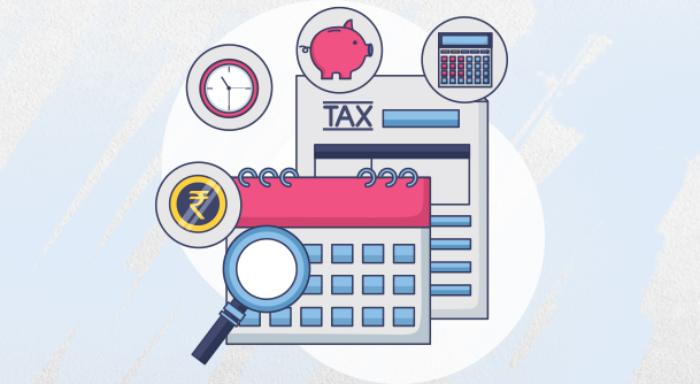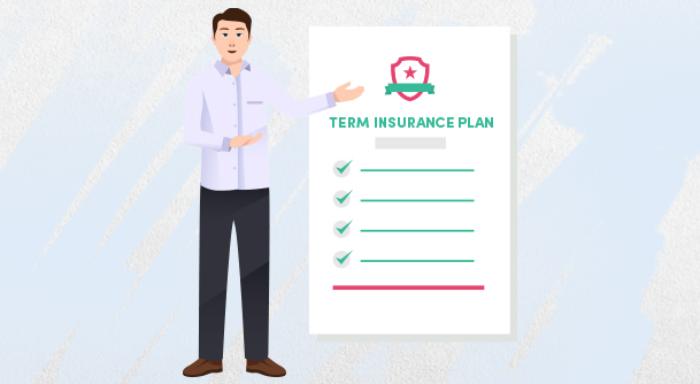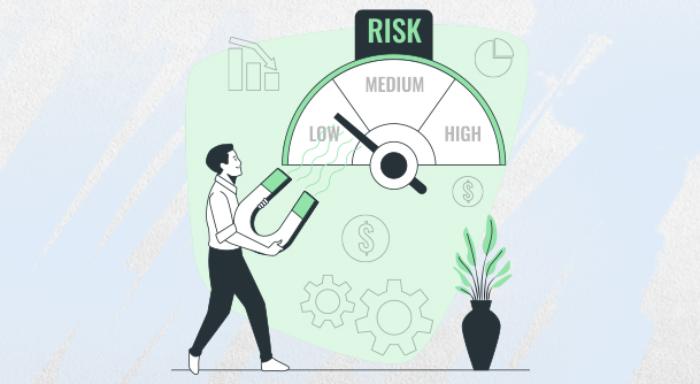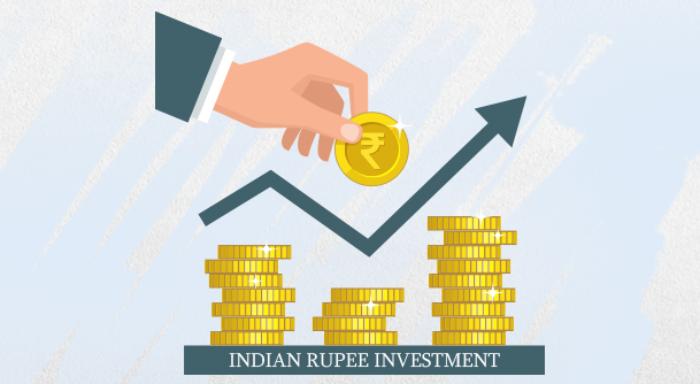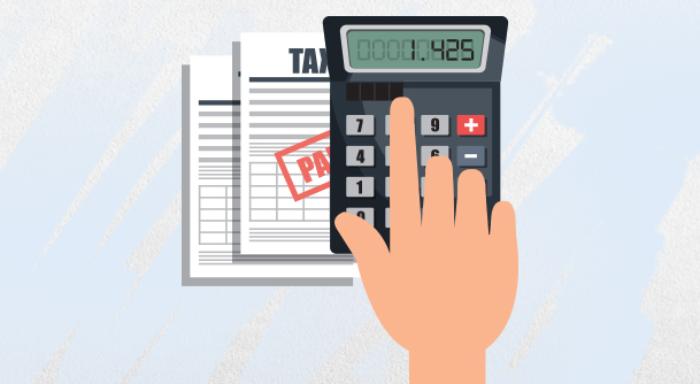Steer Clear of These 5 Mistakes When Choosing Tax-Saving Instruments
Blog Title
208 |
A new record of income tax payments was set when more than 8.18 crore income tax returns were filed for AY 2023-2024, representing a 9% increase over the previous year. But this does not mean that you cannot minimise the amount of payable tax. In India, you can choose from a plethora of tax-saving instruments. But there are some common mistakes that people make, which end up limiting the benefits they can gain from these instruments. Here's what you need to know to avoid these mistakes.
#1 Waiting Till the Last Quarter
Don’t start thinking about tax-saving investments in January when you need to file your returns by March 31. Last-minute decisions are generally not the wisest, and you might end up with an investment that doesn’t suit your needs or fails to effectively save on taxes. You should ideally start planning your tax-saving instruments at the beginning of the financial year. For example, if you start investing in life insurance from April, you get more tax deductions on your monthly premium payments. The same holds true for ULIPs and ELSS, especially when you take the SIP route.
#2 Tax Saving Only Occurs Through Investments
Many believe that tax savings are only available when you invest in investment products, such as fixed deposits, certain types of mutual funds, etc. The reality is that you can also save taxes on insurance policies and certain types of expenditures thanks to Section 80C of the Income Tax Act. Deductions under this section include:
- Life Insurance Premium
- Medical Insurance Premium
- Preventive Medical Check-Up
- Medical Expenditure on Critical Diseases
- Medical Treatment of Disabled Dependents
- Children Tuition Fees
- Repayment of Loan for Higher Education
- Repayment of Home Loan
- Interest Paid on Electric Vehicle Loan
- Donation
- House Rent
- Donations for Scientific Research
- Contribution to Political Party
- Deduction to Disabled Person
So, make sure that you learn about all the different options available to maximise your tax-savings.
#3 Choosing the Wrong Instruments
We are spoilt for choice when it comes to investment vehicles available for tax-saving. But the problem is that not all of them offer the same level of tax savings. For instance, the interest earned on National Savings Certificates and 5-year fixed deposits are taxable. On the other hand, some life insurance policies not only let you deduct the premiums paid but the death and maturity benefits can also be tax-free.
#4 Not Taking Full Advantage of Section 80C
Section 80C of the Income Tax Act of 1961 offers various tax deductions and exemptions. You can claim deductions under various categories, such as insurance, home loan repayments and certain investments. For example, you can claim deductions of up to ₹1.5 lakhs on premiums paid towards life insurance. Investments made towards the National Pension Scheme, ULIPs, Employee Provident Fund, and ELSS are also deductible up to ₹1.5 lakhs in a financial year.
#5 Failing to Align Investments with Financial Goals
Many of us fail to set financial goals while choosing investment and insurance products. Even when we do have specific goals, we might miss out on aligning our tax-saving instruments with these goals. Consider whether you want to save money for your child’s higher education or their marriage. Or perhaps you want to save money for your own marriage, retirement, or for taking care of your dependents in the event of your untimely demise, etc.
Take your current age and monthly expenses into account to calculate how much you can invest and how long you can allow your invested money to grow. And don’t forget to add your aspirations to the list of expenses, whether it be buying a new home or going on a world tour. Now, add the average inflation rate to this calculation to understand how much you will need at the end of your investment timeframe. This will not only help you choose the right instruments for tax deductions but also ensure the financial security of your family.
Bonus Tip
Keep an eye on the changes made each year under the Union Budget. For example, the 2023 Union Budget made changes to the tax deduction rules. Now, if your premium payments exceed ₹5 lakhs in a financial year, the tax deductions you can avail of will be based on the tax slab you fall under for that year.
Keep these factors in mind and choose a tax-saving instrument that can thoroughly secure your financial future!
Siddhant Dubey - Writer & Photographer
Siddhant works as a freelance content writer who is interested in a wide range of spheres from photography and personal finance to cooking. He is also an aspiring photographer striving to showcase life around him through his vision.


